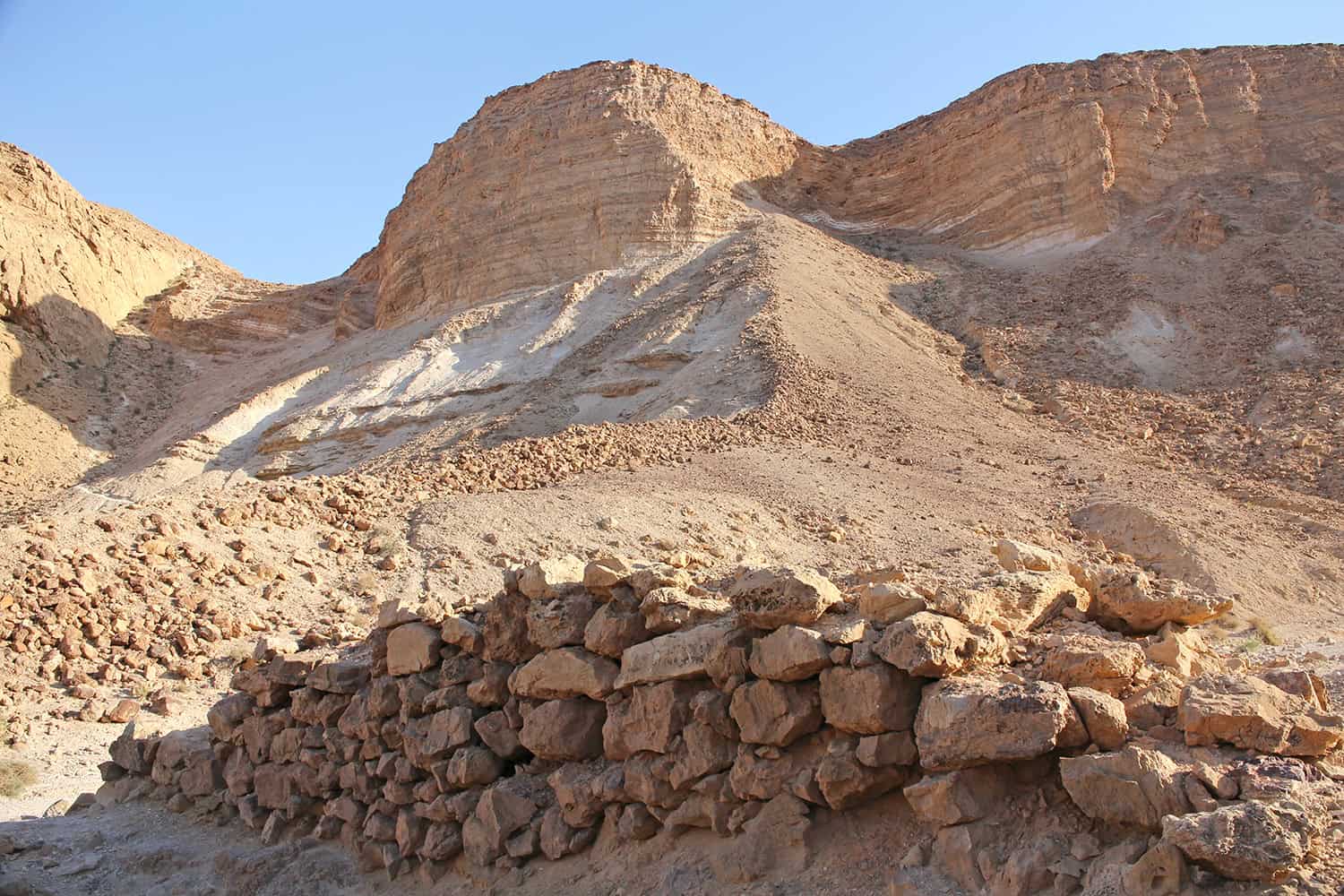
by Yadin Roman
The Great Rebellion of the Jews against the Romans was not pre-planned. It started with a not-too-extraordinary riot in Jerusalem during Passover in 66 CE. During the Jewish pilgrimage festivals, the Romans stationed military forces in Jerusalem to control the crowds. But this time, when Roman soldiers tried to steal from the treasures of the Temple, violent riots broke out. The procurator, Gessius Florus, had to retreat with his forces to the safety of Herod’s palace. The Jews quickly took control of the Temple Mount and bottled up the procurator and his forces in the palace. King Agrippa, upon hearing of the riots, hurried to the city in order to try to convince the people that fighting Rome was of no avail. But as he was trying to placate the Jerusalemites, a group of Sicarii, led by Menahem of Gamla, managed to overcome the Roman garrison in Masada, take possession of the large quantities of weapons stored there, and hurry to Jerusalem with the weapons. While the Sicarii were on their way, local anti-Roman priests stopped the daily sacrifices for the well-being of the emperor. The rebellion against Rome was now official.
Once Menahem and his Sicarii arrived in the city, the palaces of the high priest, of Agrippa, and of his sister Bernice were torched, together with the city archive that contained all records of debts and loans. The Roman garrison, still holding out in the Antonia Fortress that overlooked the great Temple platform, was attacked. After two days of fighting, the fortress fell and the remainder of the Roman defenders retreated to Herod’s palace. The Roman soldiers agreed to put down their weapons in return for safe conduct out of the city, but once they allowed the rebels into the palace, they were all slaughtered.
The rebellion spread throughout the country. In the cities with both Jewish and pagan communities, riots broke out between Jews, Samaritans, and Pagans. When it became clear that the local Roman forces could not restore order, Cestius Gallus, the governor of Syria, set out for Judea at the head of the Twelfth Roman Legion and auxiliary forces. After restoring a semblance of order along the coast, he arrived in Jerusalem during the Feast of Tabernacles. When he failed to break into the city, he decided, for no apparent reason, to retreat – which turned his entire military campaign into a fiasco. The Jews pursued the retreating Romans and attacked as the legion made its way down to the coastal plain. Some 6,000 Roman legionnaires fell in the battle and the rebels gained a supply of armor, weapons, and military equipment.
The victory united all the factions of the Jewish population. A provisional government was set up and governors were sent to different parts of the country. Jerusalem was put under the command of Joseph, son of Gorion, and the high priest, Hanan; Edom was given to Joshua, son of Sapphias and the priest Elazar ben Hanania. Joseph, son of Matityahu, the future historian Josephus Flavius, was put in charge of the Galilee.
In the spring of 67 CE, Nero put his most seasoned general, Vespasian, at the head of the 60,000-man military force that would be sent to Judea to suppress the rebellion. Vespasian started his offense by landing, unhindered, in Acre. Marching into the Galilee, he first came upon Sepphoris, which from the start had leaned towards the Romans, and took control of the town. From the outset, the Jewish forces had no chance against the might of Rome – their only hope was to ambush the Romans as they marched and to try to hold out in fortified cities against the legionnaires. To do so an experienced and united military command was needed – Josephus was no military commander. Yodefat, the stronghold that he personally commanded, held out for a few months of bitter fighting, but finally succumbed in the summer of 67 CE. Josephus turned himself over to the Romans and became the official Roman historian of the war, writing under the name Josephus Flavius – the family name of Vespasian.
After Yodefat’s fall, Tiberias surrendered to the Romans. The neighboring town of Trichea (Magdala), resisted. When the town fell, the defenders continued fighting from boats on the Sea of Galilee until the Romans built a fleet and put an end to the last source of resistance around the lake. Gamla, the stronghold of the Sicarii on the Golan Heights, was then put under siege. After a bitter battle, the Romans managed to make their way into the hilltop town. The surviving defenders gathered at the top of the cliff around which the town was built, and jumped to their deaths. The Romans then moved on to Tabor and Giscala (Gush Halav) in the Upper Galilee. Gush Halav was the hometown of John of Giscala, Josephus’s old rival for the leadership in the Galilee. By this point, however, John had moved on to Jerusalem to organize the defense of the capital.
The debacle in the Galilee prompted an outbreak of violence in Jerusalem, with the extremists accusing the more moderate factions, mainly composed of the priests and the wealthy, of not wholeheartedly supporting the rebellion and secretly harboring the desire to surrender to the Romans. Civil war broke out in the city.
Vespasian let his armies rest during the winter and continued the conquest of the rest of the land in the spring of 68 CE. He split his forces in order to execute a pincer maneuver, sending one force to make its way along the coast and the other to proceed via the Jordan Valley. By the end of 68 CE, the only territories still under rebel control were Jerusalem and the Judean Desert. Meanwhile, despite the imminent approach of the Roman legions, the civil war in Jerusalem continued.
During the year spanning 68 and 69 CE, dramatic events unfolded in Rome. Nero died and four different emperors ascended the throne in the year after his death. The fourth was Vespasian, nominated to the throne by his troops. Vespasian left the conduct of the war in Judea to his son Titus. The Jewish forces did not take advantage of this year of inactivity to organize the defense of Jerusalem. The leaders of the three main Jewish factions – John of Giscala, Eleazar ben Simon, and Simon bar Giora – continued fighting among themselves, each one controlling a different part of the city.
The battle of Jerusalem started in the summer of 70 CE, when Titus besieged the city for five months. When the Jews managed to destroy the Roman ramps and siege engines, Titus decided to starve the city and surrounded it with a siege wall.
In August, the Romans managed to capture the great Antonia Fortress. After the fall of the fortress, they conquered and set fire to the Temple. The upper city held out for another month, but it was clear that the battle was over. The city was set ablaze and Jerusalem was destroyed. Herod’s magnificent Temple was no more.
Two fortresses south of Jerusalem still remained in the hands of the rebels: Machaerus, on the eastern side of the Dead Sea; and Masada, on the western side. Three years after the rebellion, in 72 or 73 CE, the Romans stamped out this last bastion of resistance.


